STURTEVANT
ELAINE STURTEVANT’s entire artistic career over the past 40-plus years has consisted of making replicas of other artists’ works. Not by photographing or copying them, but by mastering the techniques behind them in the first place: painting, sculpture, film, performance, or in the case of Warhol’s “Flower” series, silkscreening. One story goes that asked one too many times about his process and technique, Warhol replied, “I don’t know. Ask Elaine.”
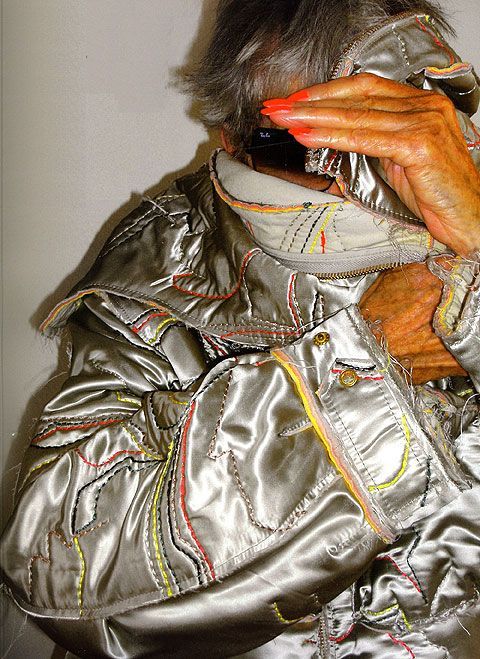
And yet with no other artist’s work has facsimile been so compelling, so engaging, or so powerful. Sturtevant’s goes to the innermost core of an artwork and inhabits it like a spinal tap into the supposed “end” of art, precipitated by Duchamp, the coffin sealed by Warhol. Dressed in Joseph Beuys’ iconic archaeologist/safari garb, the veteran Sturtevant becomes, in some sense, an art historical time traveler: her doctrine of “repetition as difference” has enabled her to slide through the constraints of the modernist timeline, at once absent from it and articulating it, undermining our definitions of artistic practice while enabling them – that is, enabling Warhol to be Warhol, Beuys to be Beuys. To Sturtevant the current moment may well be “yesterday,” as she muses in the following conversation with Hans Ulrich Obrist, but between her prophetic knack for appropriating artworks that would go on to be canonized, and her acute view of the cyber world before, her vision has always been one of the future. Elaine Sturtevant was born in Lakewood, Ohio in 1930. She now lives between Cambridge, Massachusetts, and Paris, France. The conversation took place during the “Found Format” conference on the occasion of the General Idea exhibition at Kunsthalle Zürich.
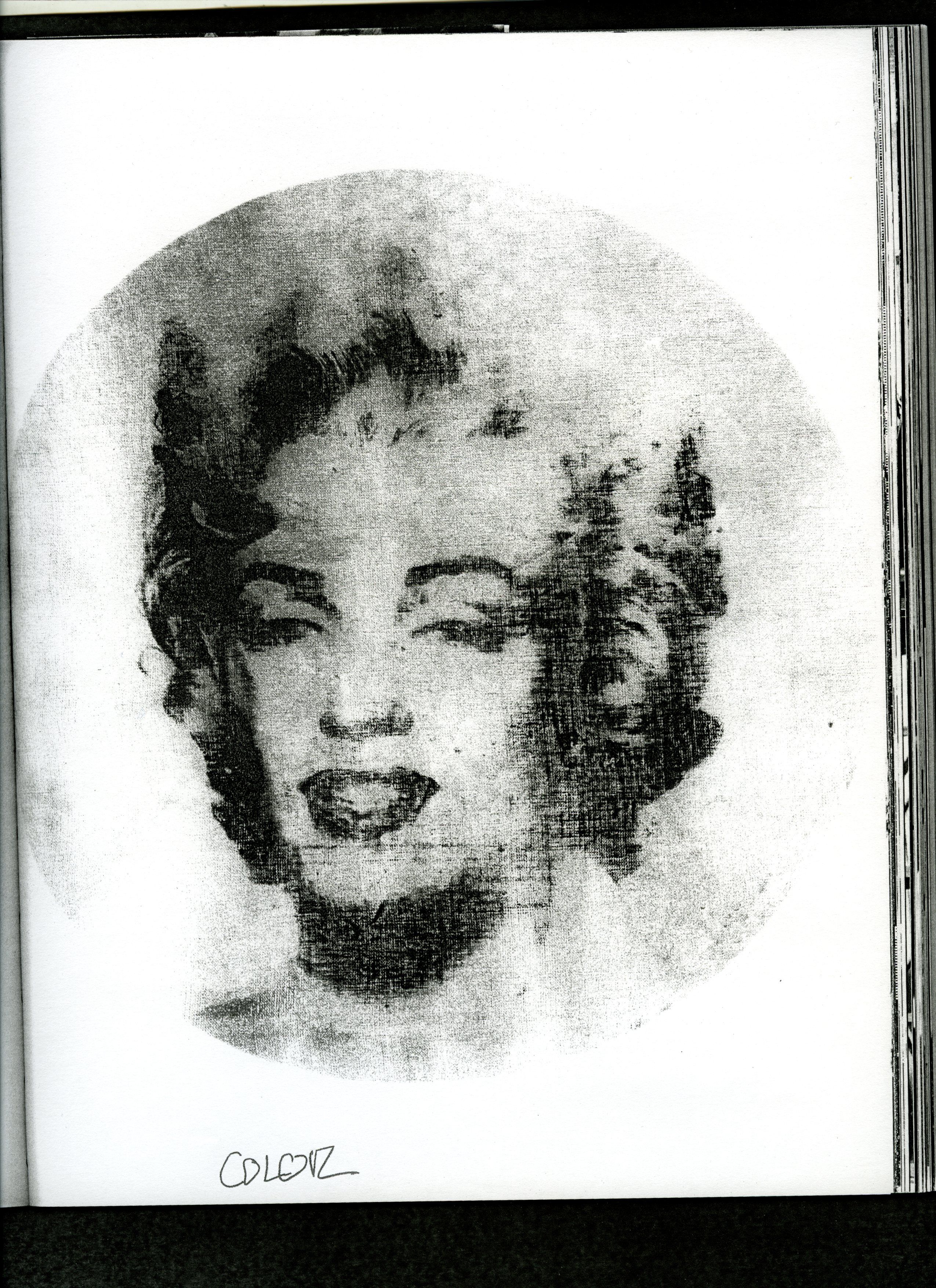
Taken from the catalogue Sturtevant, The Brutal Truth, Museum für Moderne Kunst, Frankfurt (Hatje Cantz, 2004).
HANS ULRICH OBRIST: We’ve been thinking about the issue of how to define the space of found format, and also the invention of format. This topic of found format and inflecting of format, and invention/completion, is obviously a long story and I would like to read a particularly telling quotation by Sir Joshua Reynolds: “Borrowing, gathering, deprivation, appropriating, assimilating, submitting to infection, contagion, being fertilized by the soil, being impregnated by the reality of variety.” Let’s speak about your beginning. You mentioned how it wasn’t necessarily one breakthrough moment, but instead one form of internal thinking into so many other forms.
ELAINE STURTEVANT: My beginnings were surrounded by Abstract Expressionism and Pop Art. I’m not saying I came out of that, because I’m often times misinterpreted. A question I asked myself was what the interior of art was, and I became concerned with its understructure. And I realized that, to my astonishment, if you took an original source work, and repeated it, you would not only be throwing out resemblance, but you would be dealing with the understructure of painting.
What about the issue of copyright?
It was not necessarily my issue. There’s a big difference in repeating in the sense of Deleuze, and copying. Firstly, a copy must be absolutely of the same intention as the original, whereas my work deals with an interior movement, and repetition as difference. It was scary, but not because of what the reaction would be – but more that the thinking behind it was frightening.
So your form of appropriation is more about formats infecting/inventing other formats – it’s different from appropriation?
You’re talking about appropriation in the formal sense of the movement?
Yes.
There is the infected kind of repetition, but at the same time there is resemblance. Appropriation wasn’t really talking about resemblance.
It was more of a political movement.
Or strategy. And it was extremely successful and potent. It also worked well at that time because art was slowly and dynamically moving in a different direction. But appropriation was a vague crucible for me. Previous to that time, nobody knew what I was doing, and my work was kind of violent and mistreated. But when appropriation became a strong movement, it gave people access to my work, although my intention and meaning were still completely different.
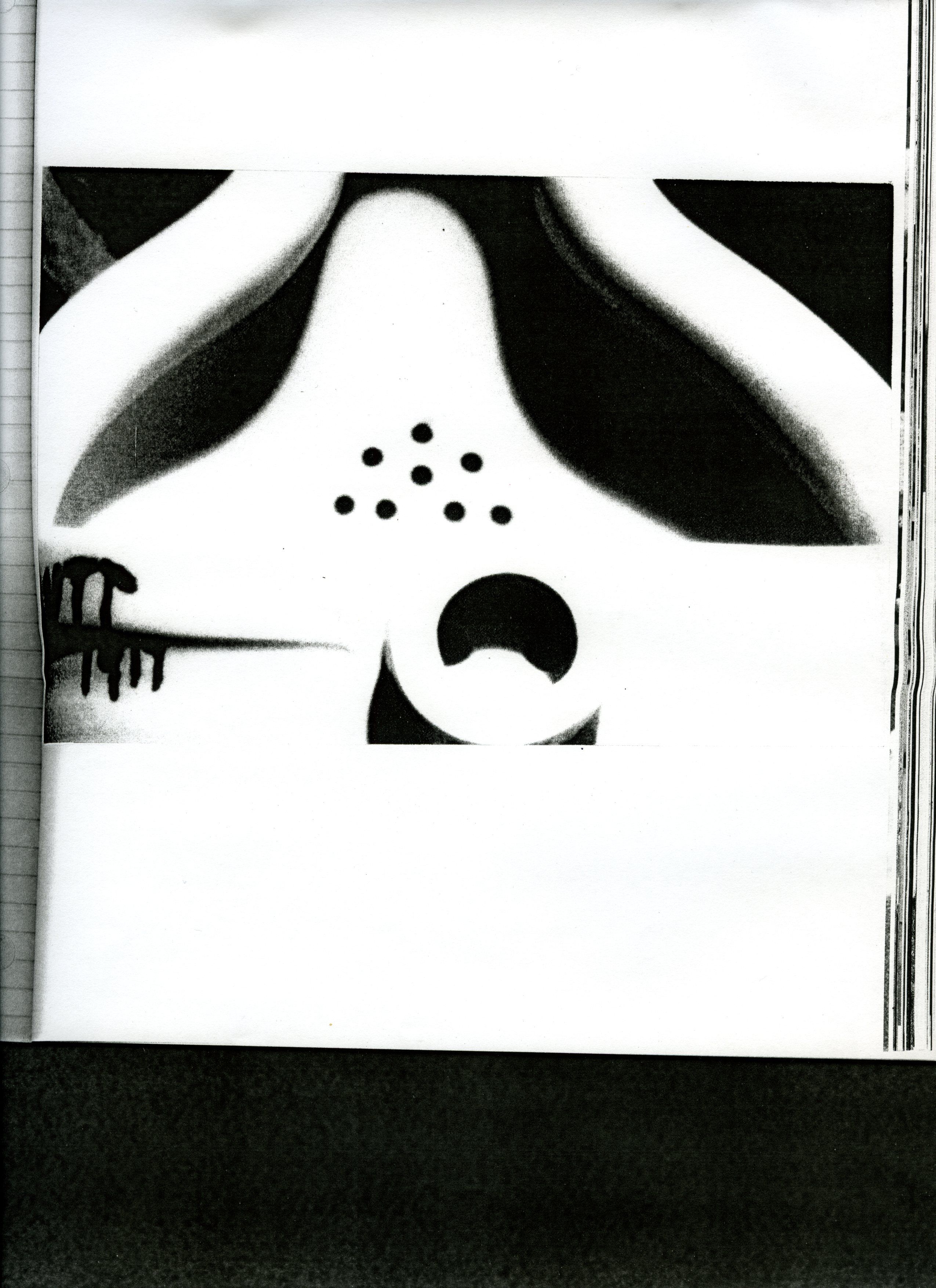
Taken from the catalogue Sturtevant, The Brutal Truth, Museum für Moderne Kunst, Frankfurt (Hatje Cantz, 2004).
You often explain your work in relation to the cybernetic. I’ve spoken with Heinz von Foerster, who defines the cybernetic as “circular and cautious feedback mechanisms in social and biological systems – this whole idea of circularity, in that it goes from A to B to C to A again, and that it’s not linear. What is your treatment of the cybernetic?
I would think of it as a continual high-speed governing of how we are and what our mode of being is. It’s a very definite imposition on how we are on every level of our living. So I look at how cybernetics has changed our life and our way of thinking, how it has imposed shifting mental structures.
And what is your link to this cybernetics movement?
My early work does not concern the imposition of cybernetics. My early work was really about how you could create new space through new thinking. It was conceptually based, conceptuality being the development of forward movement. At that time, repetition for just repetition’s sake became evident, and more people started to seize more images and reuse them. Things totally changed with different attitudes and approaches – food, money, how you look, how you feel, how you see, how you interact.
And what happened after that in your opinion?
The work shifted more into trying to articulate the imposition of cybernetics. Just as now the work has moved into film and has basically lost itself. Resemblance is no longer an important issue, and instead, it’s more about image over image. So it’s moved from an object over image, which is imitation, to an image over image, which is where I think we are now. And it’s still moving!
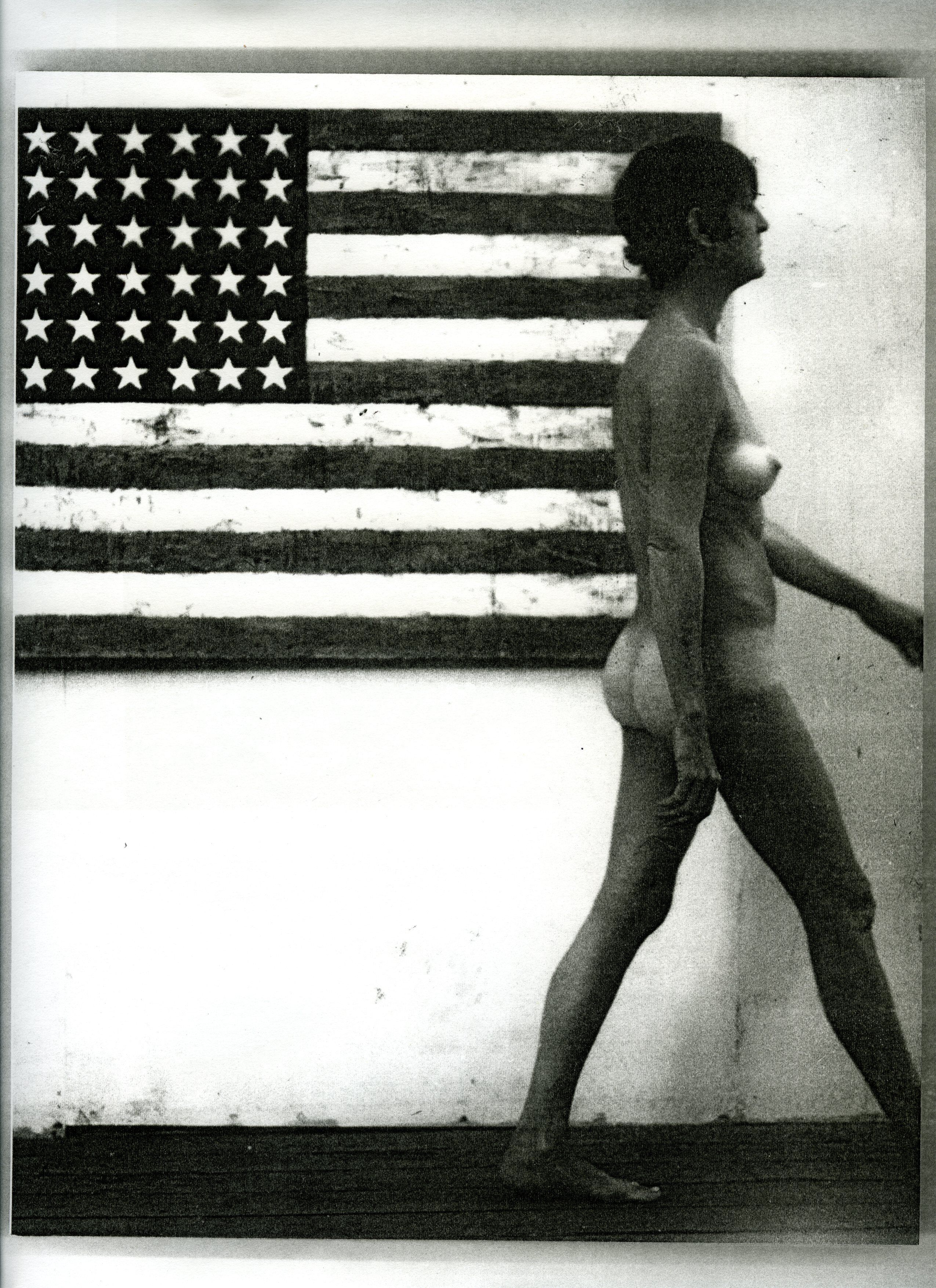
Taken from the catalogue Sturtevant, The Brutal Truth, Museum für Moderne Kunst, Frankfurt (Hatje Cantz, 2004).
You’ve written a lot about your work as well.
Yes, as the dialogue became the same about my work, I decided to write about it myself since obviously no one else was going to. Later, I ran into Michel Foucault and Gilles Deleuze, who were enormous supporters of my work, and we worked on a collection of papers together, which will hope fully be published in a book.
So you have projects in mind that have not been realized, like this book?
Well, it never stops and will keep on going, especially since everything is so swift and fast right now – it wasn’t so long ago that we would talk about re-do and re-make in film. But now it’s shifted into a totally different carrier. And it’s not minor; it’s a very big jump. Now we’re into things like the very mistaken idea of ready-made artists – not art, but artists – art as absence, and art as production, which are very different parameters from before, and at the moment I’m trying to figure out what that means and where it’s going.
So how do you see the current moment?
The current moment was yesterday [laughs]. I see our cyber world as Foucault would have, which means that the interior is falling back in on itself. Simply put, you have an interior and an exterior, and an exterior and an interior. And at the moment, it’s all exterior and outside, without an Other, making this planet very empty.
How are you thinking of and working with yesterday?
Well, as long as people have a very bad interior bearing, what they’re capable of seeing is going to diminish more. The anti-intellectualism in America seems to filter down from a higher power. For every copy made, a copy is destroyed, and simulacra are not necessarily in a higher power, but are in a good position as opposed to a bad one. We’re trapped in this mode of being, and thinking seems to be practically nonexistent. I was giving a lecture once and a girl asked, “What should we think? What difference does it make?” Okay, I thought, you can still go to the supermarket, but still we’re living and thinking differently.
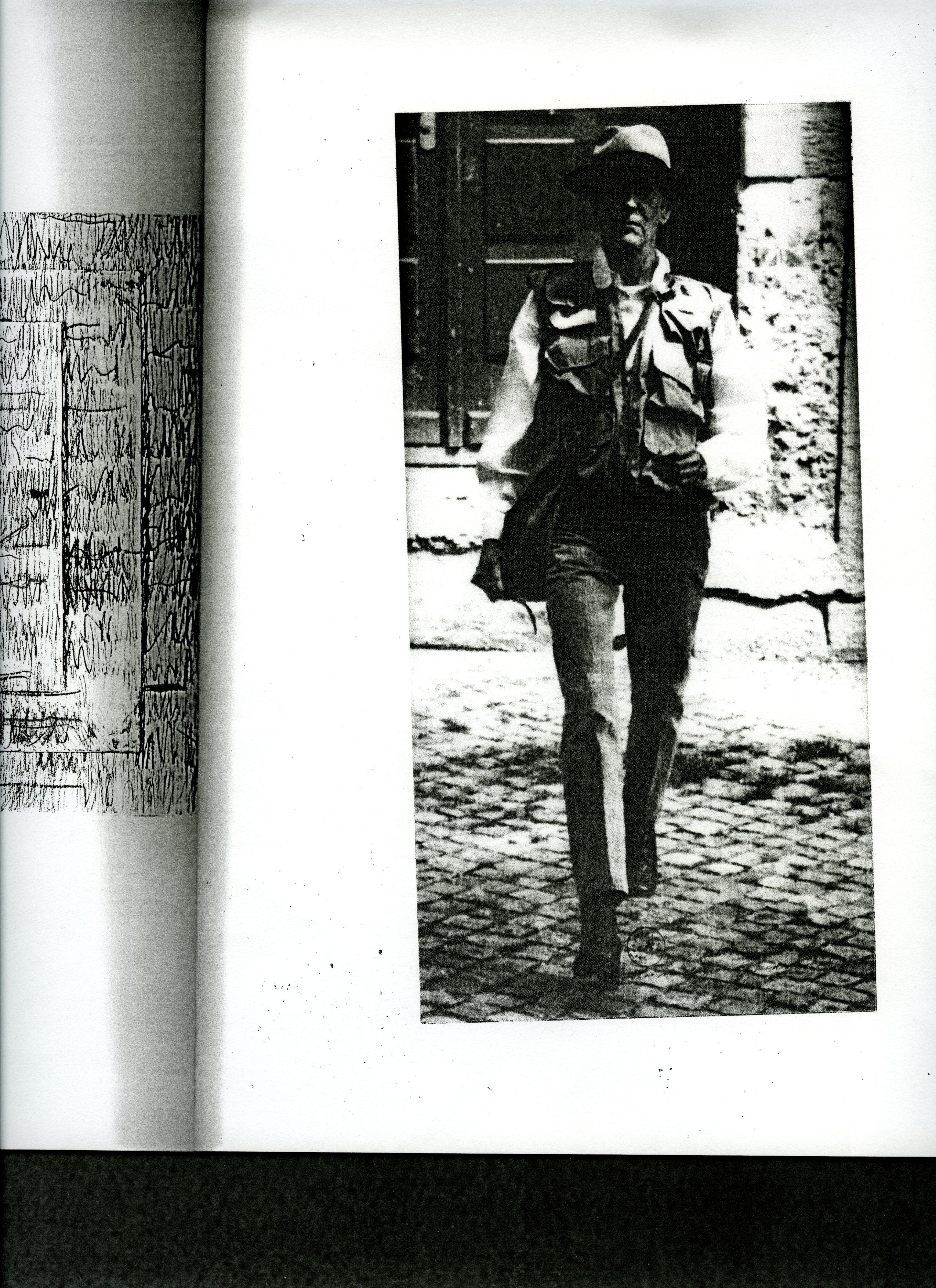
Taken from the catalogue Sturtevant, The Brutal Truth, Museum für Moderne Kunst, Frankfurt (Hatje Cantz, 2004).
I was wondering if you could speak about your exhibition in the 2006 Whitney Biennial, Duchamp 1,200 Coal Bags, where you fabricated a dozen Duchamp ready-mades.
I placed many of the Duchamp ready-mades in a room lit with my film Nu Descendant un Escalier. What’s interesting is that when I do paintings, I do them from memory, which is to say, that I do not do any paintings unless I have seen the painting that I’m painting. When I did the piece at the Whitney someone asked me, “So, in terms of memory, you memorize Duchamp’s photo?” But memory has nothing to do with that. Firstly, Duchamp used paintings in the room with 1,200 coal bags and not objects. Secondly, if that’s the way it seemed, then what I was trying to do in that room, which was to talk about totalities, was wiped away, because it was reduced to just memorizing a photo. More and more such things are switched out, and understanding grows more distant. At the moment I’m moving towards not caring what anyone thinks, trying to have some fun, and do some thinking myself.
One last question: copy, copyright, and ready-made?
Ready-mades are such a hot topic right now. For instance, I had one artist approach me and say she did ready-made art. I wondered how that was possible since her art was not readymade at all. Then she said, “No. I’m a ready-made artist.” I then wondered what that meant and how it worked. She said, “Oh, I don’t know, my dealer told me to say that” [laughs]. So I think we’re in a lot of trouble here. It’s a way to attach to things – you can do this, you can do that, you can do remake, re-copy, ready-made, or any other cliché word. In terms of copy and copyright, it‘s impossible to have a discourse about it. You absolutely cannot discuss copyright with lawyers because it’s a complete impasse, and won’t even come close to a discourse or dialogue. If you start talking to them about why copyright is no longer viable, they close the conversation. Copyright is not copyright anymore, but more about how this world is functioning. It’s not about the law, it’s about our way of being. And copy has very different dynamics than something that resembles something else. But it’s not an interesting topic anymore; it’s not viable. But I can also say that Duchamp is not viable.